
Welcome!
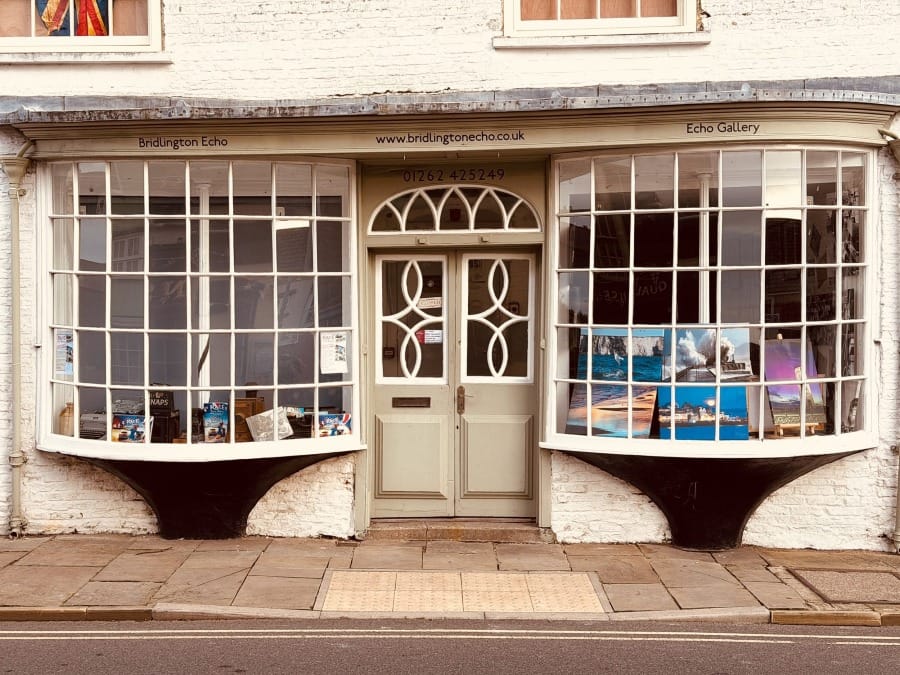
Coming next week: Bridlington Old Town
..a distinctive high street and remarkable pub.
Kind words about the Genius Loci Digest
In reading & seeing Andy's work I always struggle to know which is more impactful - his writing or photos. In truth, the two combined are greater than their parts, he allows you to explore the importance of place and time from the comfort of home. Peter on Bluesky
⚡️ View the latest digest and the full archive here.
📐 My Goals ℹ️ Donations Page & Status 📸 MPP Status 🛍️Shop
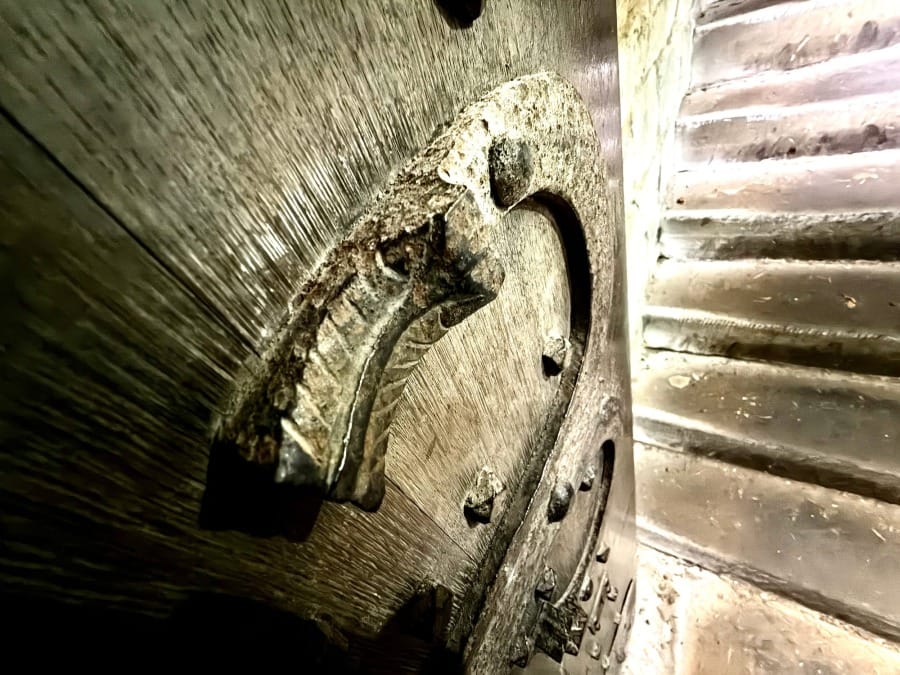
Whilst travelling as an archi-photographer -I come across trends or patterns in our material culture - one is the (mainly C13th) tendency for dragons on metalwork (in Danelaw area?). Here on the door to the Romanesque crypt at St. Mary Lastingham, Yorks
'We carry within us the wonders we seek without us'
- Thomas Brown , Religio Medici, 1643
The Window

I had a breakdown in my thirties which, in one of those oddly fortuitous turns, led to me becoming an architectural photographer. It helped me develop my visual literacy, deepened my ways of seeing, and ultimately led to this Digest. I have to admit that it wasn’t easy. It was the most frightening time of my life - the best of times and the worst of times. Yet something happened in the depths of those darker days. Something that triggered recovery - small pearls of floating light that shimmered amidst the dark.
Today, I’m standing outside one of those little pearls - the priory at Bridlington Old Town in Yorkshire. I was quite unwell when I last visited here, on a journey to understand why old buildings like this seemed to scatter the shadows. With my spirit shrouded - architecture, buildings, and landscape became a lifeline - something I held onto for dear life. My appetite for knowledge was fierce. I read everything I could find, and it was Thomas Rickman’s 'An attempt to discriminate the styles of English architecture..' that, by a winding path, brought me here.
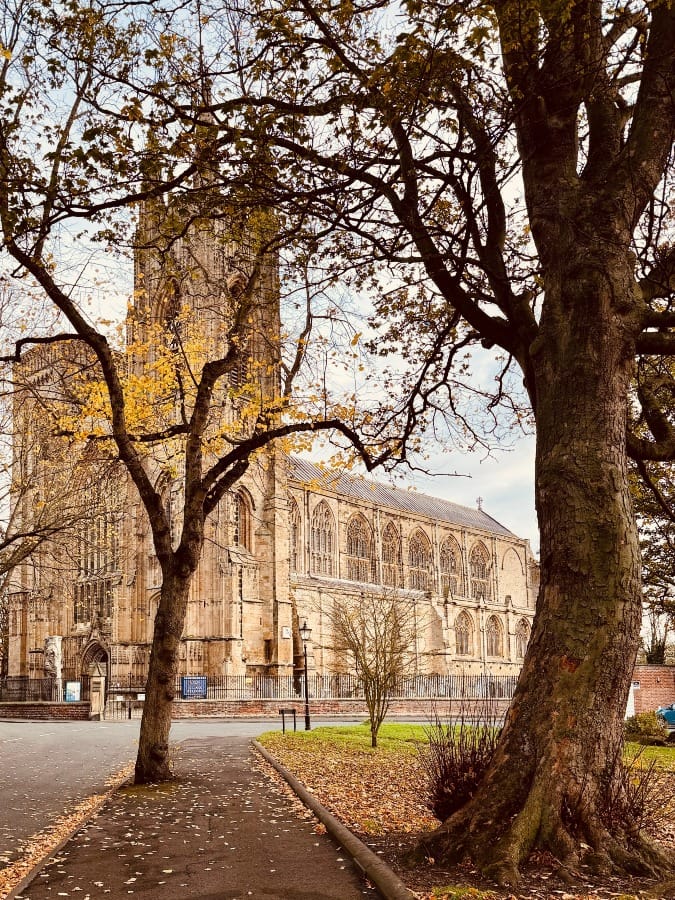
Rickman had written about the evolution of Gothic - how window forms reveal stylistic centuries of change - and I learned that Bridlington Priory held some fine examples of the Geometric style.
With my head in a steel press, I drove north, found what I thought was the window, and photographed it. It turned out that I’d photographed a Victorian expression of the Geometric style - but that didn’t really matter, because every photograph back then was a small act of survival - each frame a balm, each moment a reprieve from the darkness. Standing before that window, I felt an odd calm, as if in the eye of the storm. The tracery’s upward sweep, its circles and lines, offered a kind of hope - a sense that knowledge and beauty might heal. The pattern seemed to echo the logic of nature itself: fractalinear, whole, infinite.

In the here and now, standing once more before the window, I feel a shudder - a kind of electrical pulse - one that draws up the feeling from the old well of anxiety, from a time when I felt deeply depressed and isolated. The pause lets me take stock, and I feel a strong sense of how far I’ve come since then - how my days now are full of curiosity and life. And as if in a strange convergence of time and place, the piercing memory of my first visit here turns the moment inward, conjuring a correspondence between me and my younger self.
And so I speak to him, and tell him he’ll be ok.
I tell him where he’s heading - the places he’ll see, the revelations waiting for him. I tell him of the joy, the purpose, the feeling of being connected and whole again. I don’t tell him about the people he’ll lose, or how the world will change; he doesn’t need to hear that yet. Instead, I tell him about what will help him navigate, thrive and survive: the love that will bloom, the friendships that will grow, the things he will see, the books he’ll read - Betjeman, Larkin, Pevsner, Olive Cook, and Edwin Smith - the camera, the pen, the brush. I even tell him about Woody, the camper van. And then, before I leave him, I tell him about Rainer Maria Rilke.
In his Letters to a Young Poet, Rilke writes:
“If you hold close to nature, to what is simple in it, to the small things people hardly see and which all of a sudden can become great and immeasurable; if you have this love for what is slight, and quite unassumingly, as a servant, seek to win the confidence of what seems poor - then everything will grow easier, more unified… not perhaps in the intellect… but in your deepest consciousness, watchfulness and knowledge. You are so young… be patient towards all that is unresolved in your heart and try to love the questions themselves like locked rooms, like books written in a foreign tongue. Do not now strive to uncover answers: they cannot be given you because you have not been able to live them. And what matters is to live everything. Live the questions for now.”
I think of the innocence of those times and how my bruised younger self would, through the coming years begin a journey of enchantment - to visit and photograph countless places.

Often it was the seeking itself that brought comfort - small moments of clarity caught in stone and light that steadied my resolve. But, looking back, I can see there was something deeper running beneath all that searching. Without realising it, I’d begun to serve the very thing that had saved me - to stand before places not in possession, but in witness; to share what they offered as a kind of work.
Each photograph, each scribbled note, each long drive was simply saying: I’m still here, I’m still surviving. And that’s why, I think, I take a photograph of myself in the locations I visit as an affirmation of my intent to survive.
The hurried labour of those days - the travelling, the scouting, the act of turning up with a camera - became its own kind of lifeline. But out of all the broken glass ceilings, the sudden breakthroughs, and the tear-jerking moments, I’ve come to realise that, in the end, the saving grace wasn’t in finding the answers to my recovery. It was in having the courage, amidst all the overwhelming darkness, to pose the question at all.
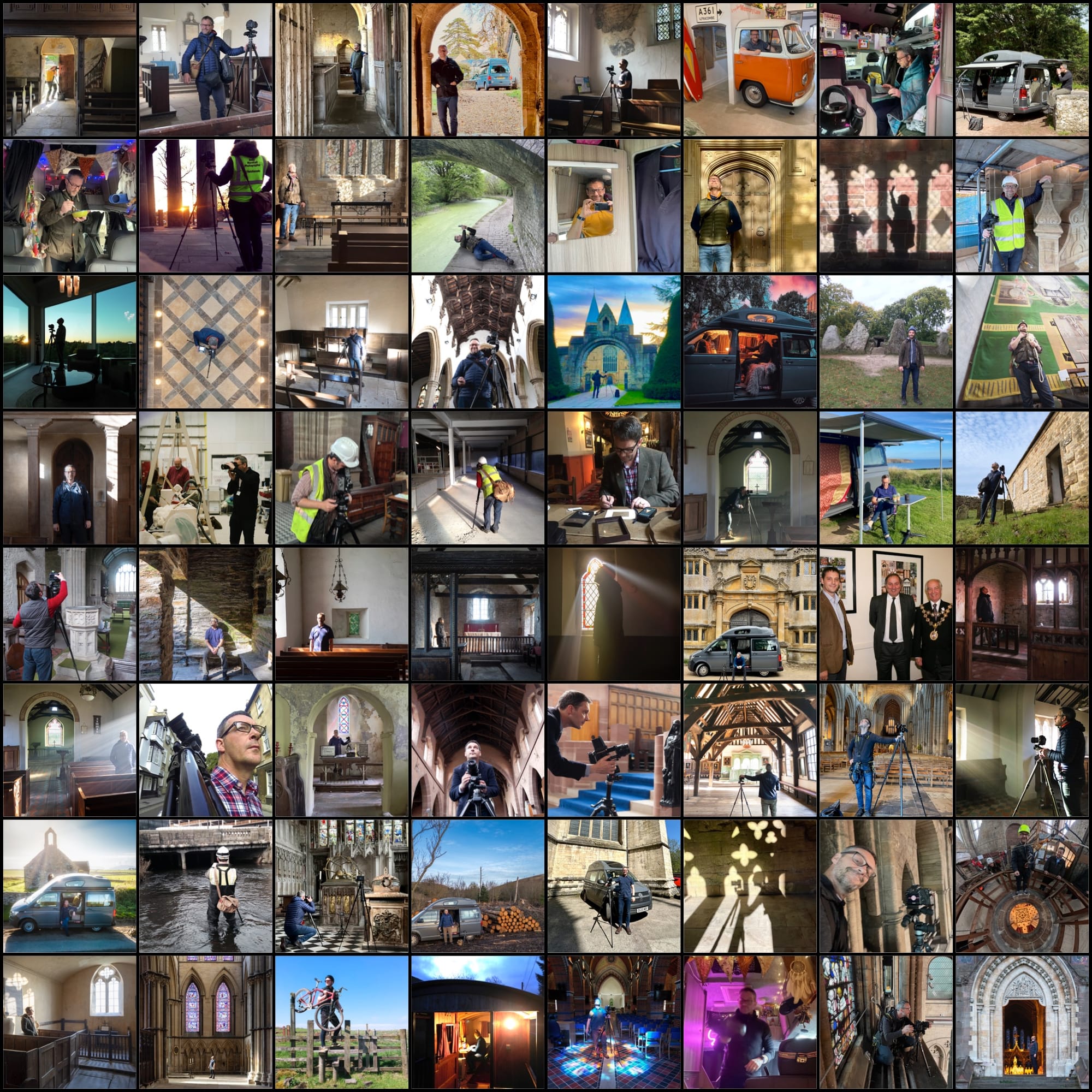
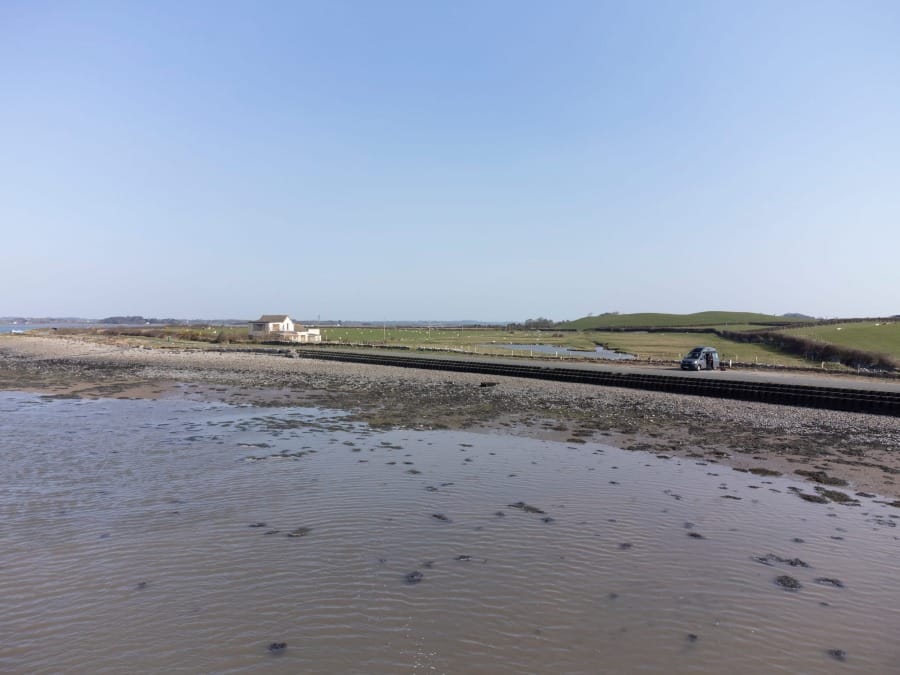
Bridlington Priory

In my Observations above, I spoke about how returning to Bridlington Priory opened a strange channel between who I was then and who I am now. Standing before that great east window, I felt how certain places carry a kind of agency - shaping us, steadying us, changing the way we think.
Isn't it remarkable how buildings like this can become significant in ways far beyond their original intent - not just to one wandering photographer in need of light, but to countless others who have visited, imagined, or held it in mind?
W.B. Yeats once said that “The world is full of magic things, patiently waiting for our senses to grow sharper,” and Abbot Suger believed that “The dull mind rises to truth through that which is material.” Hugh Conway Morris brings the two together for me:
“There are places and things which make our thinking possible, and leave our thinking changed.”
The Priory did that for me then, and it still does now. Below are the moments I gathered inside - fragments of stone, colour, and light that carry that same magic.
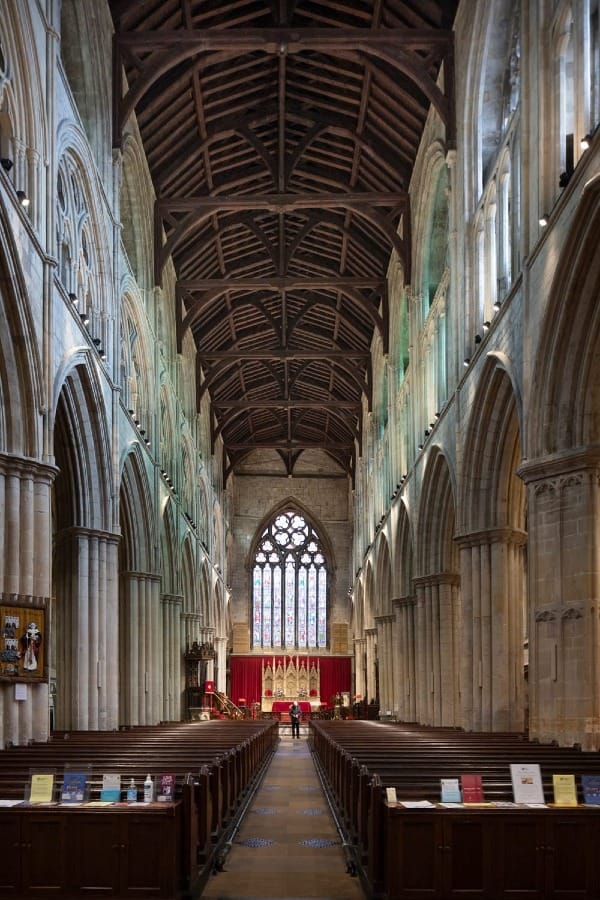
Bridlington Priory, founded around 1113 as an Augustinian house, was once one of the largest and most influential monastic centres in Yorkshire. Although much of the medieval complex was lost after the Dissolution, the surviving nave hints at its former grandeur. Stretching over 140 feet in length and soaring to a striking height, the nave is an extraordinary example of Early English Gothic ambition.
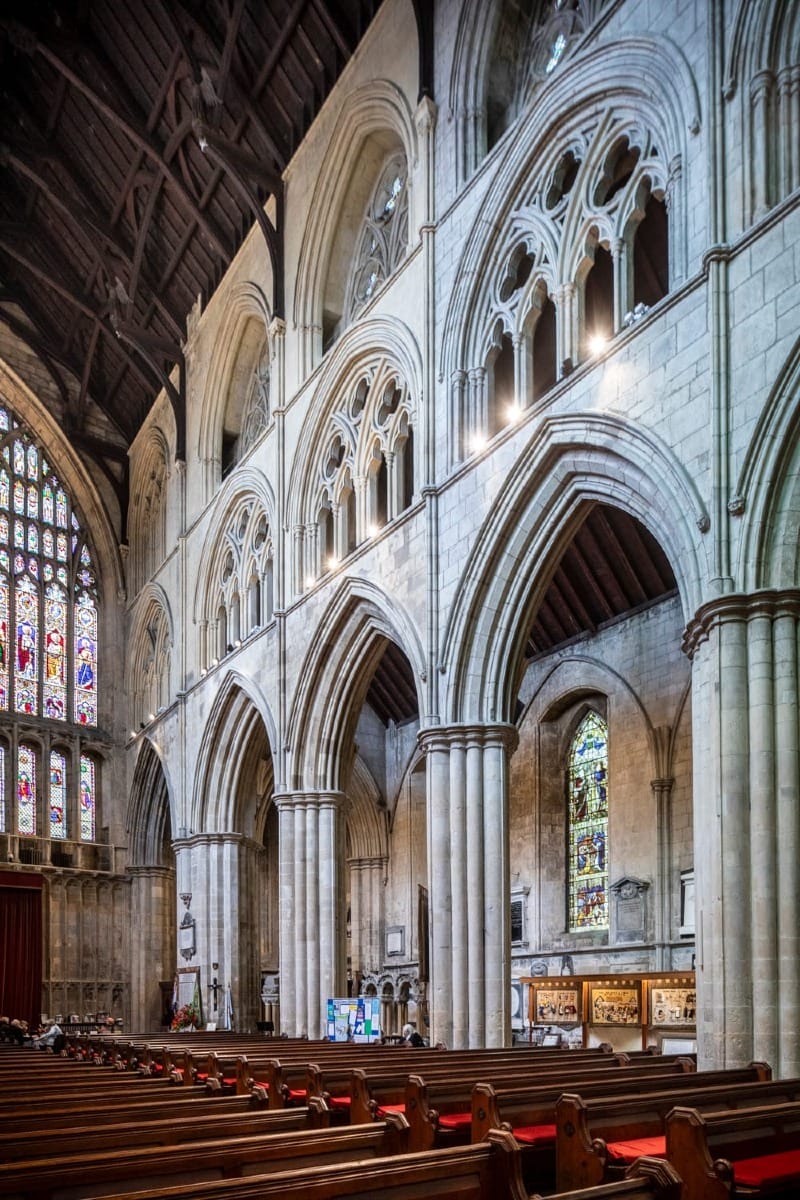
Its massive piers, rhythmic arcades, and high clerestory convey a sense of scale that once matched its status as a major pilgrimage site. Today, the nave stands as a breathtaking fragment of a vast vanished world.

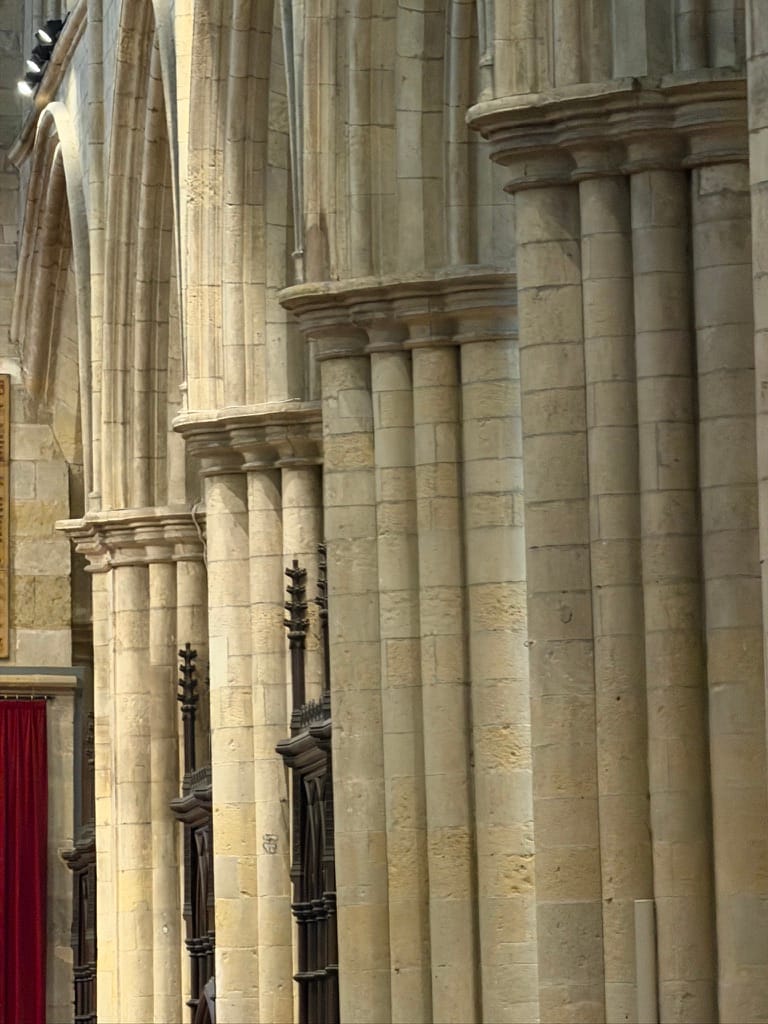


There are signs everywhere of its shrinkage after the Dissolution

Notice how (in the photo below) the east end wall is at odds with the rest of the building. This was where the nave was infilled after the rest of the building was demolished. The window, which I once took to be medieval is a Victorian insertion.
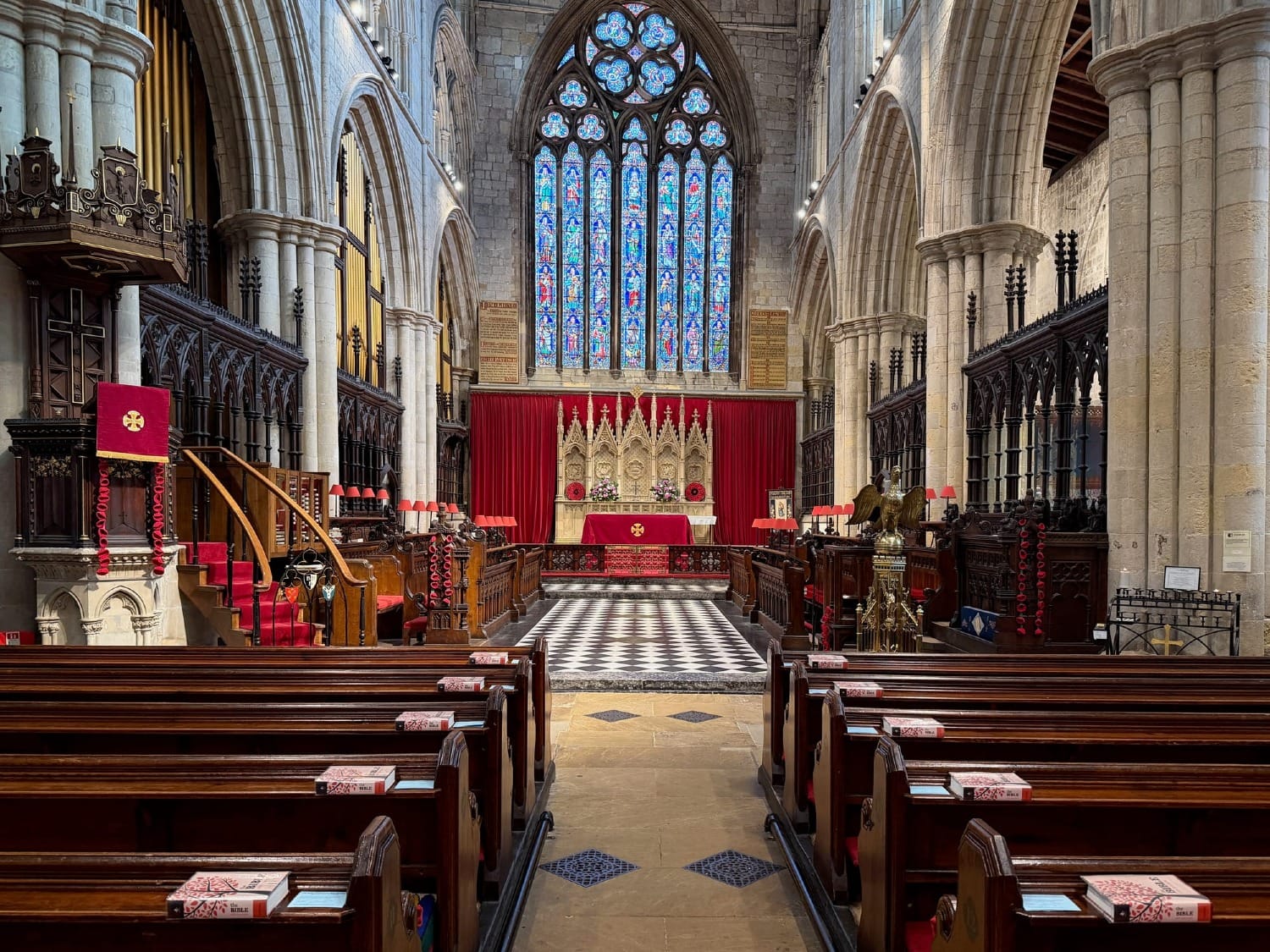
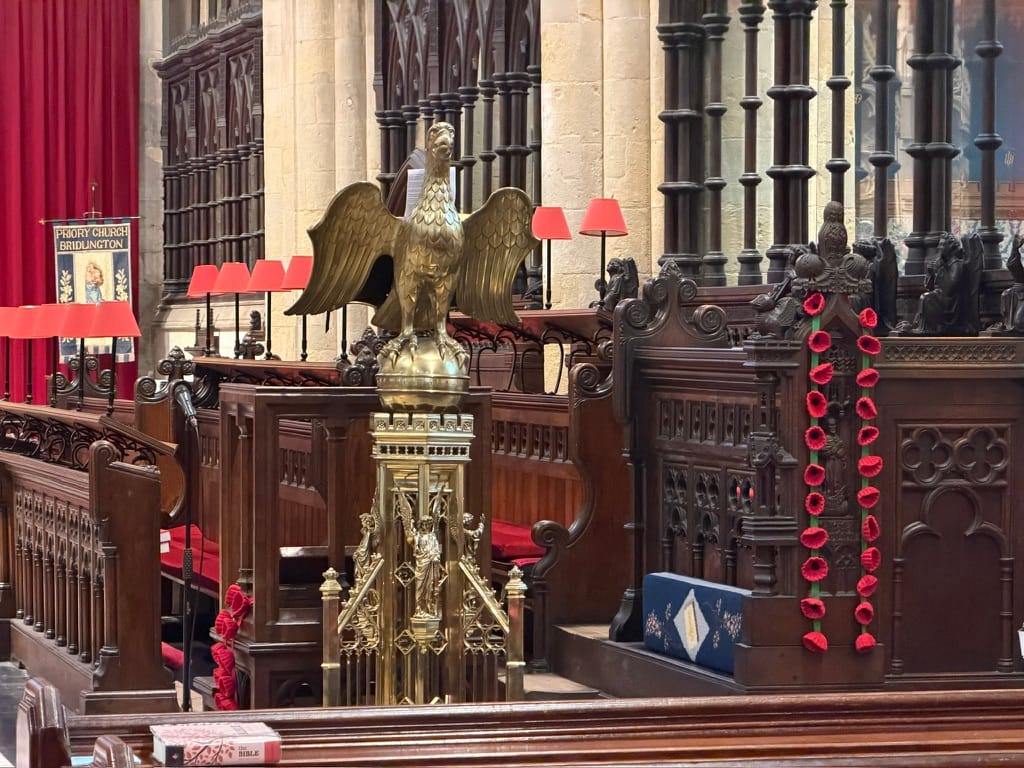
In the choir stalls there some lovely finial carvings as well as two surviving misericords.


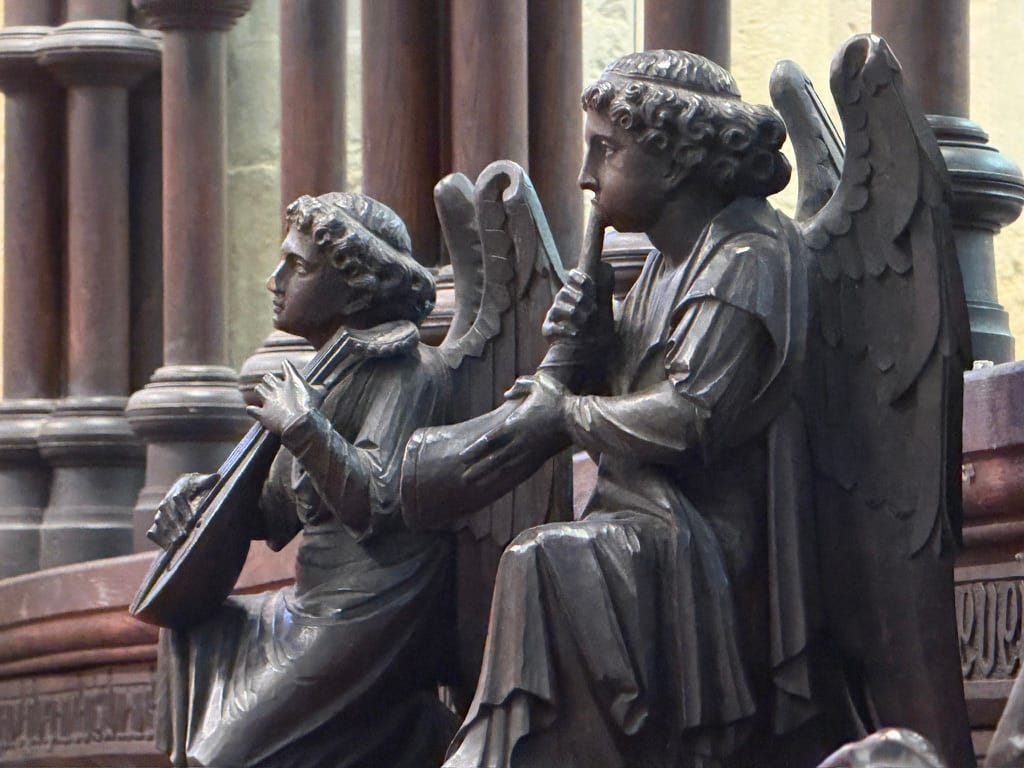

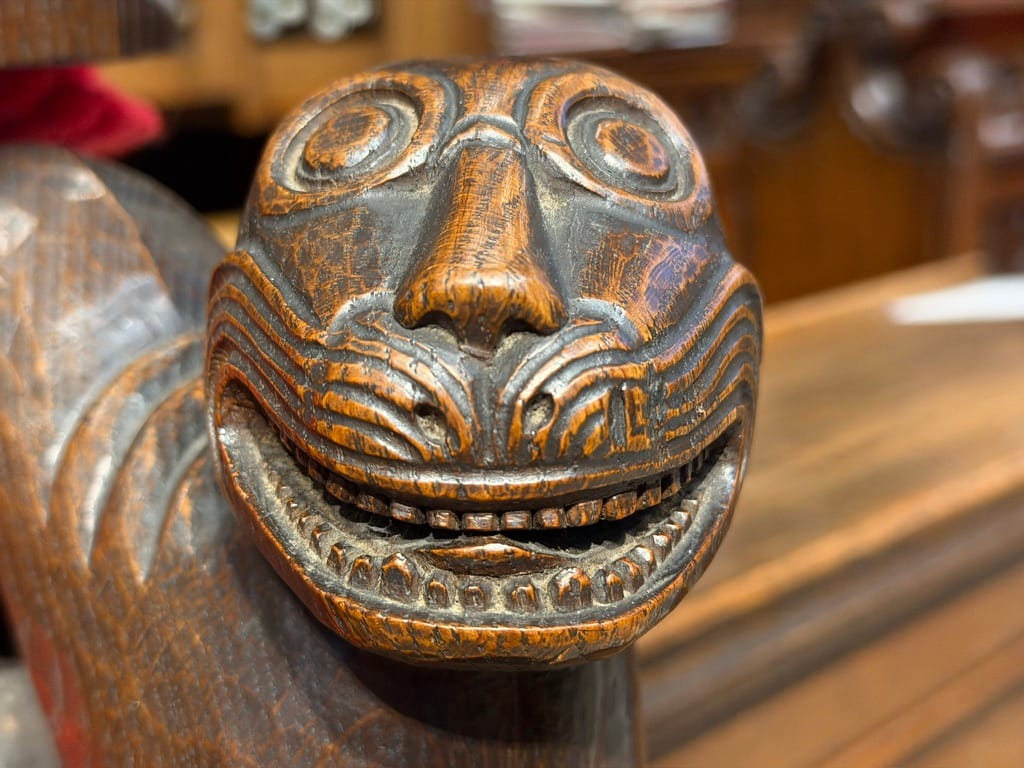

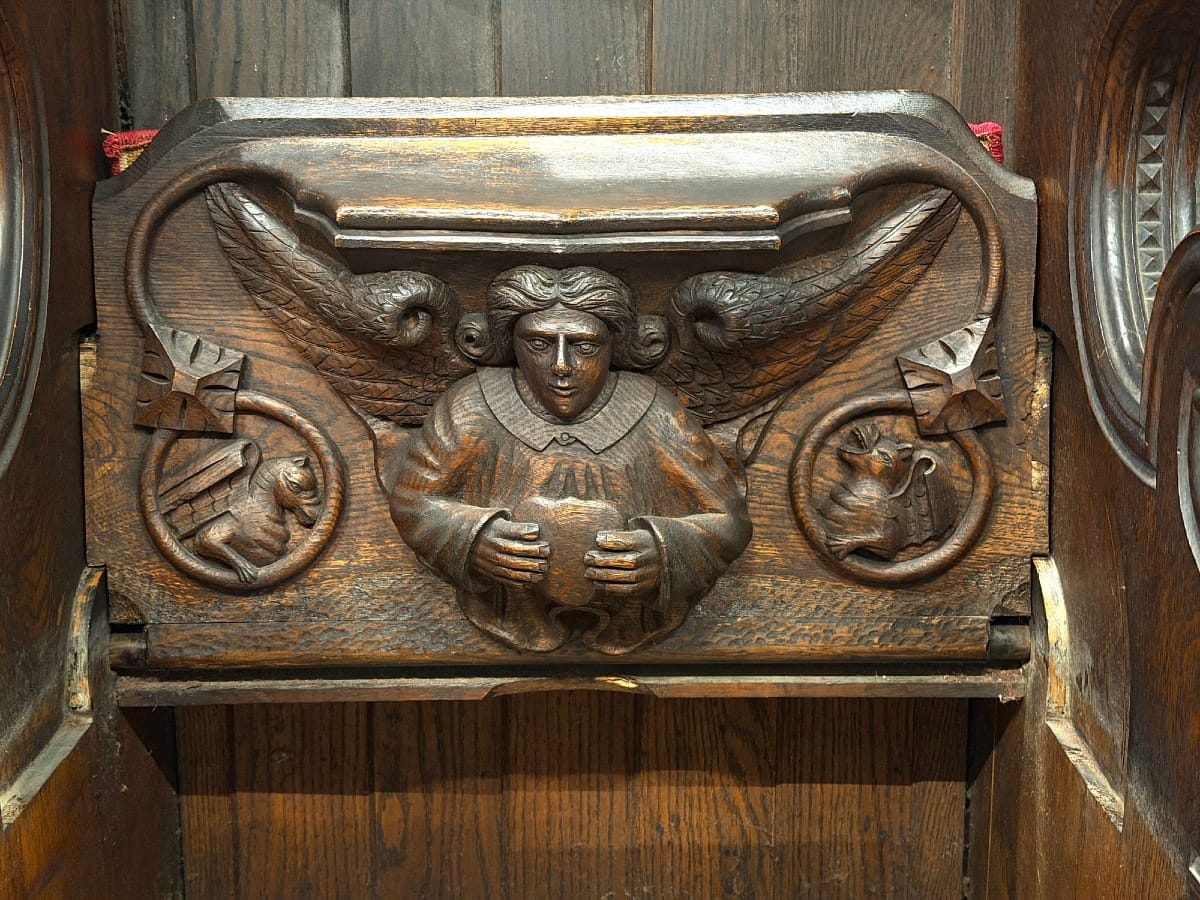
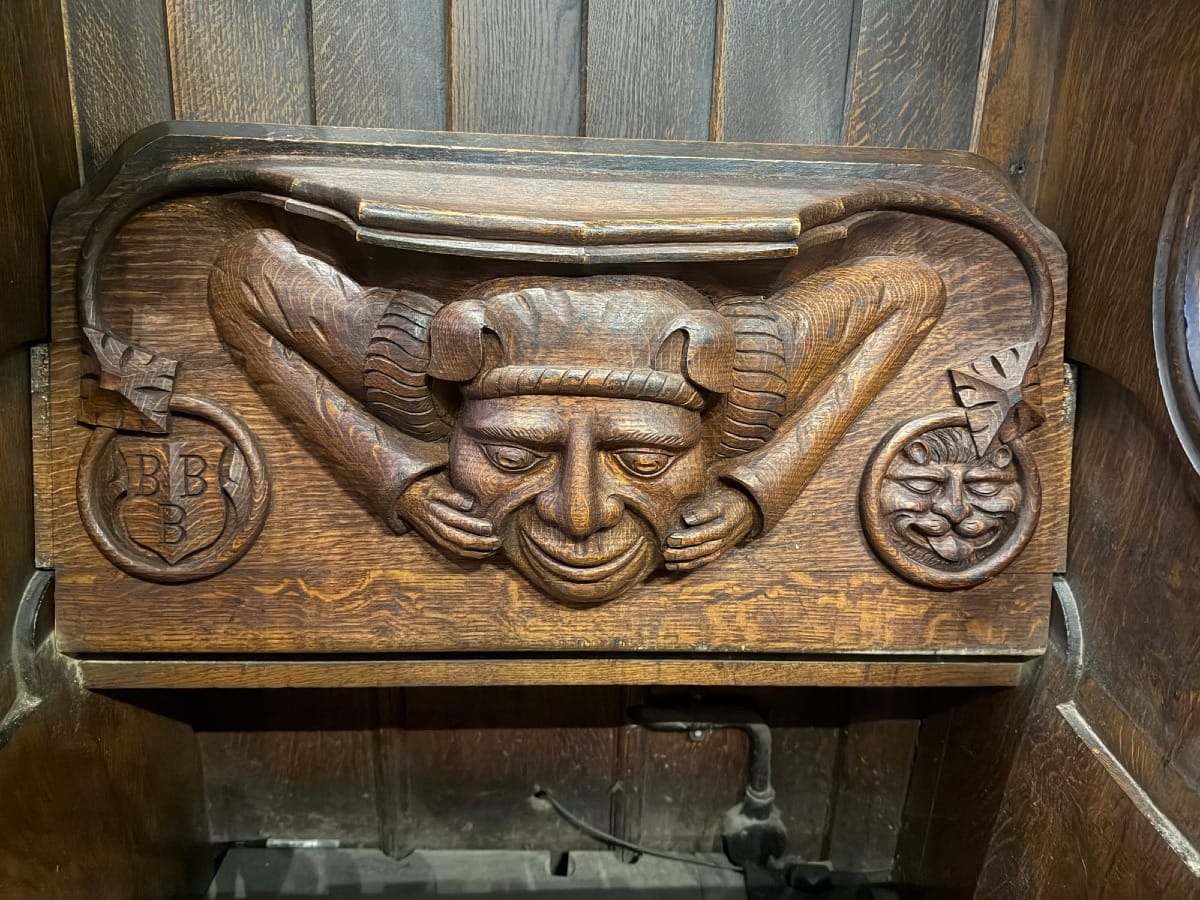

The font is a joy - made of Frosterley Marble which is a fossil rich limestone from County Durham - full of crinoid fossils. I took the advice of Rainer Maria Rilke and looked at the smaller things.

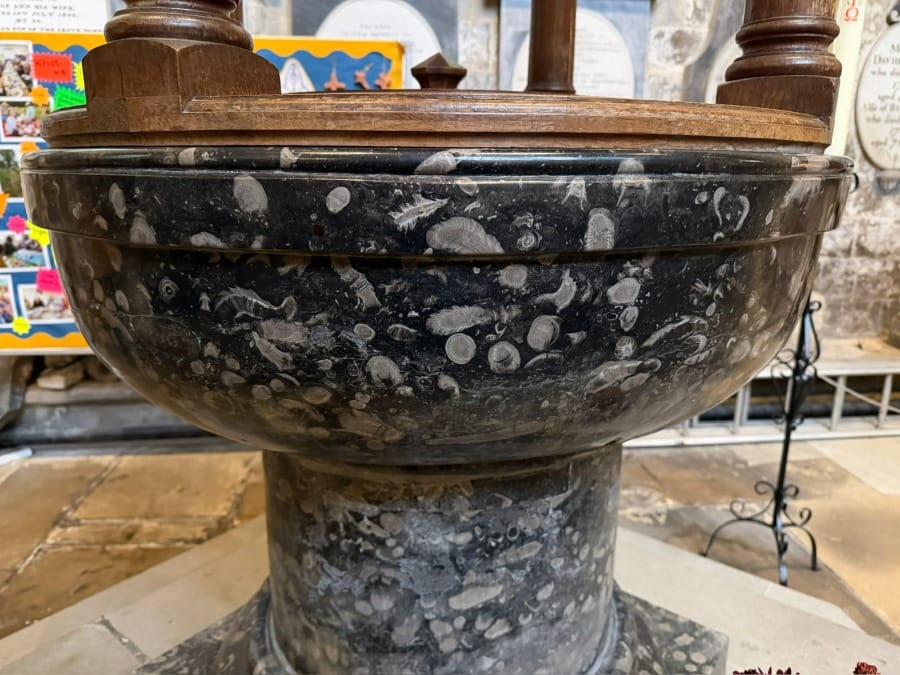

V'Envy in Bridlington - VW T4 Westfalia California.


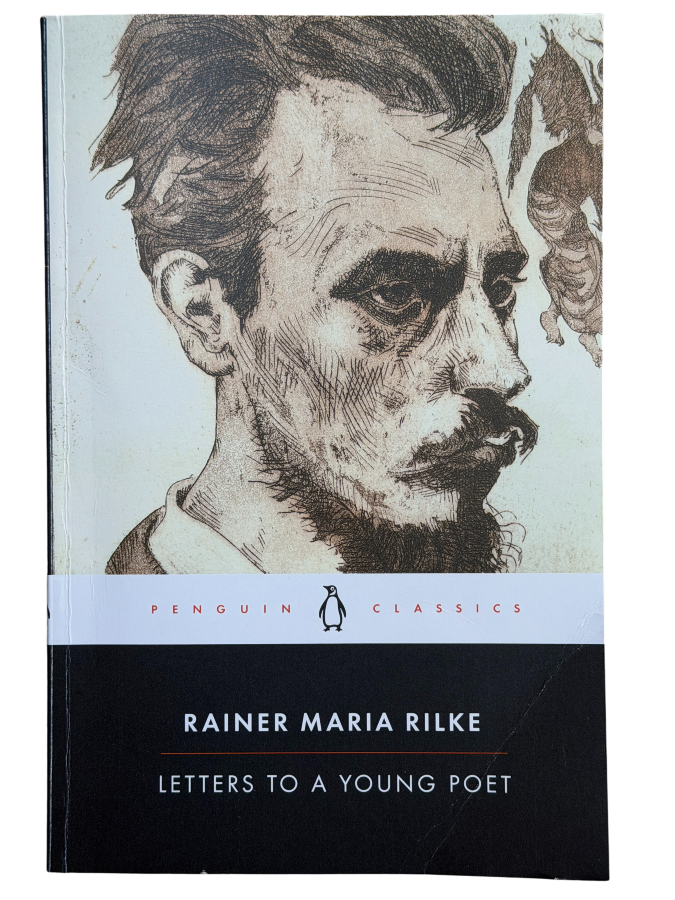
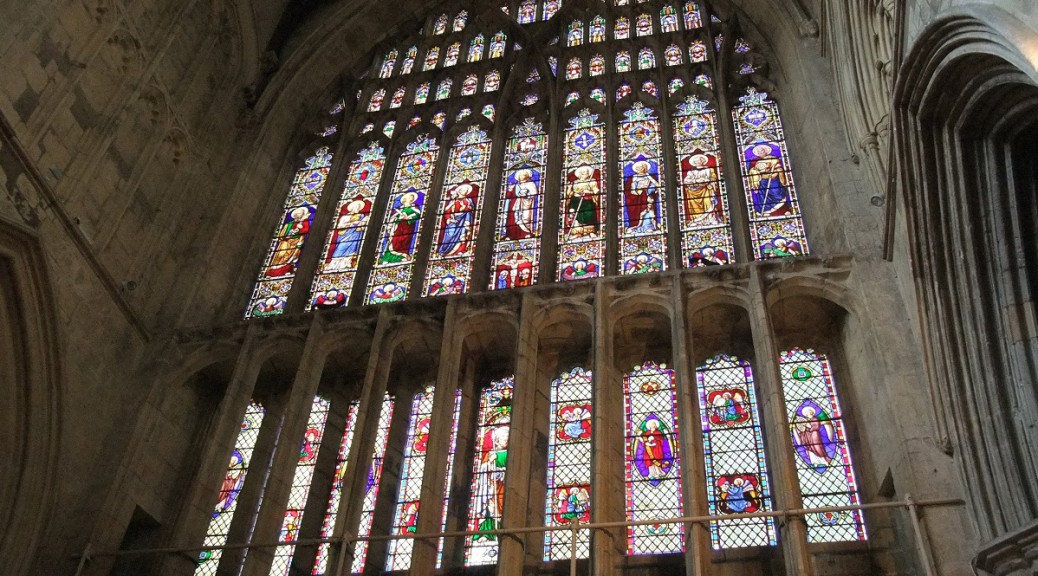
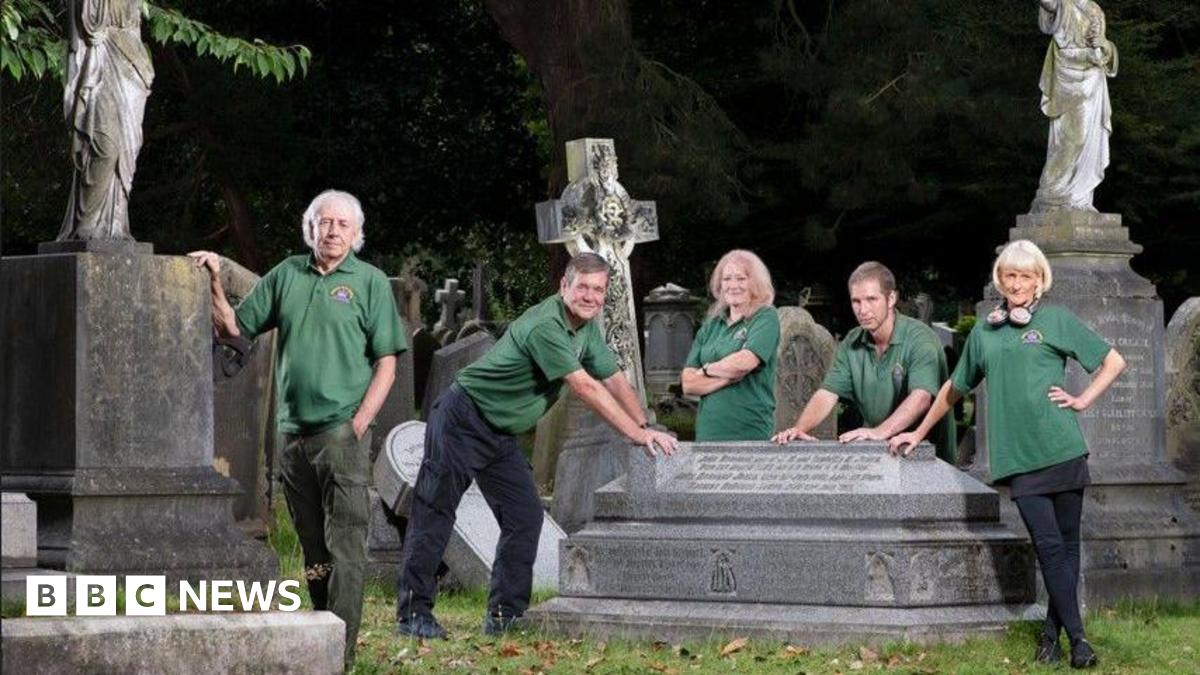

David Hockney's Studio in Bridlington
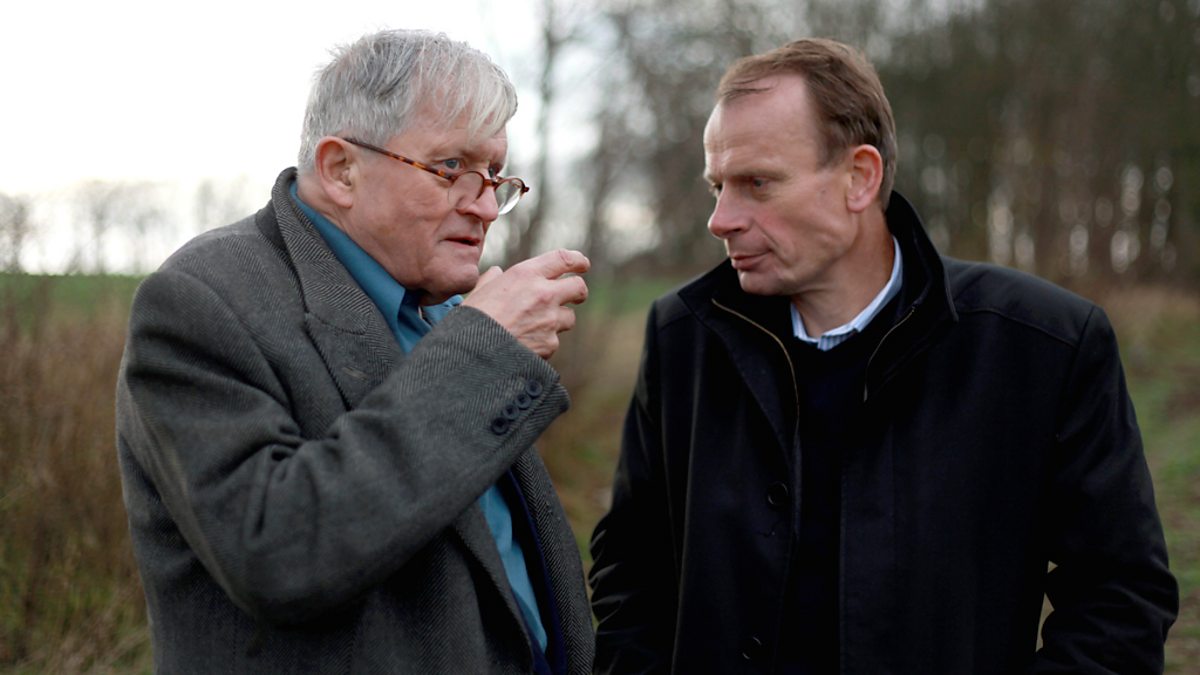

Another Priory helped sooth my anxiety: "For those moments, something miraculous had happened. During the action required to take a photograph, I had let go of my anxious self. From that day onwards, the veil of depression lifted. Photographing the priory had released me from my mental prison."
David Hockney's Yorkshire in Paris:
"I’m standing in Frank Gehry’s Fondation Louis Vuitton, visiting the remarkable David Hockney exhibition. Through his Yorkshire paintings, Hockney has worked a subtle magic – rekindling the beginner’s eyes of my childhood."
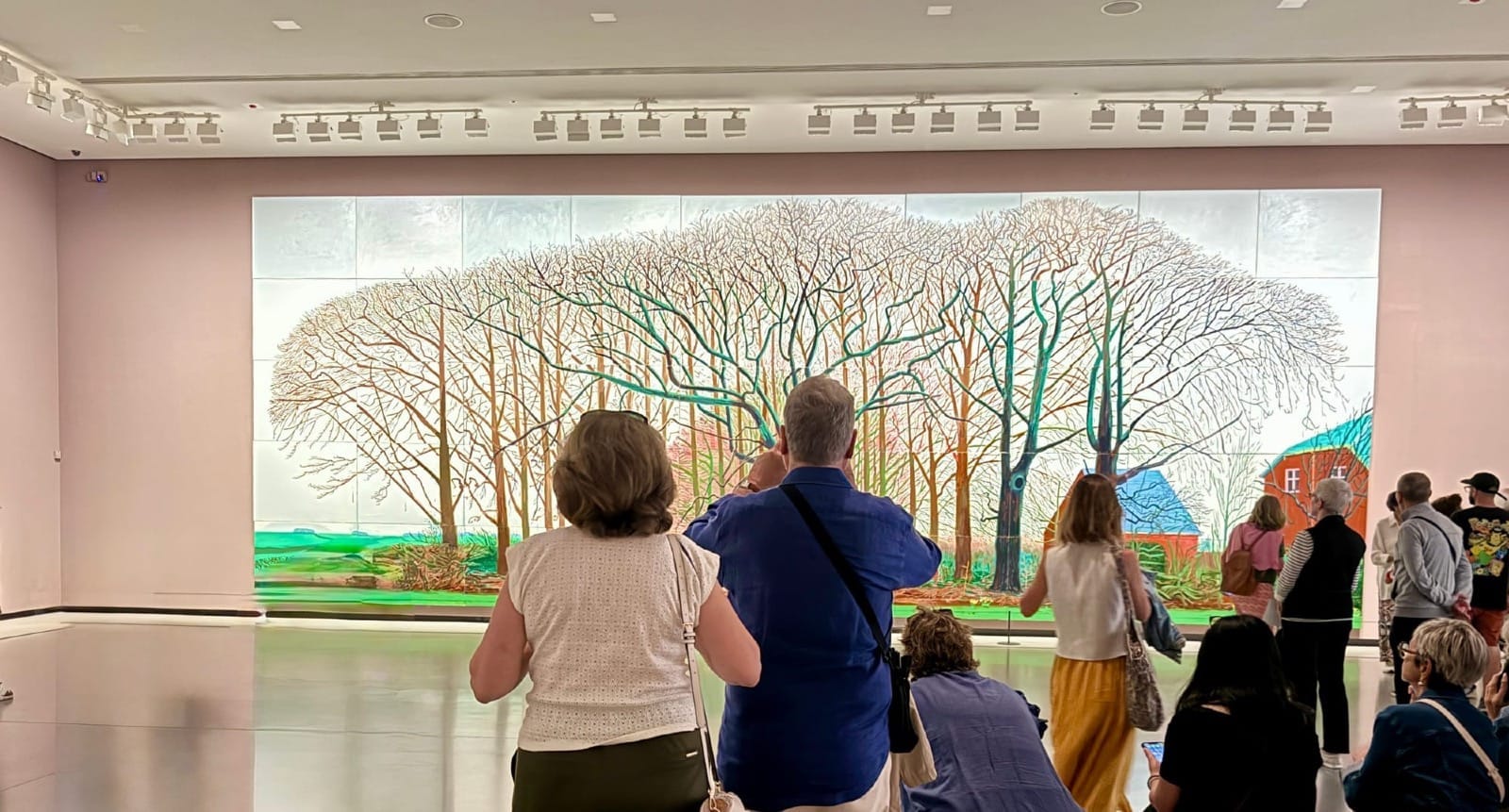
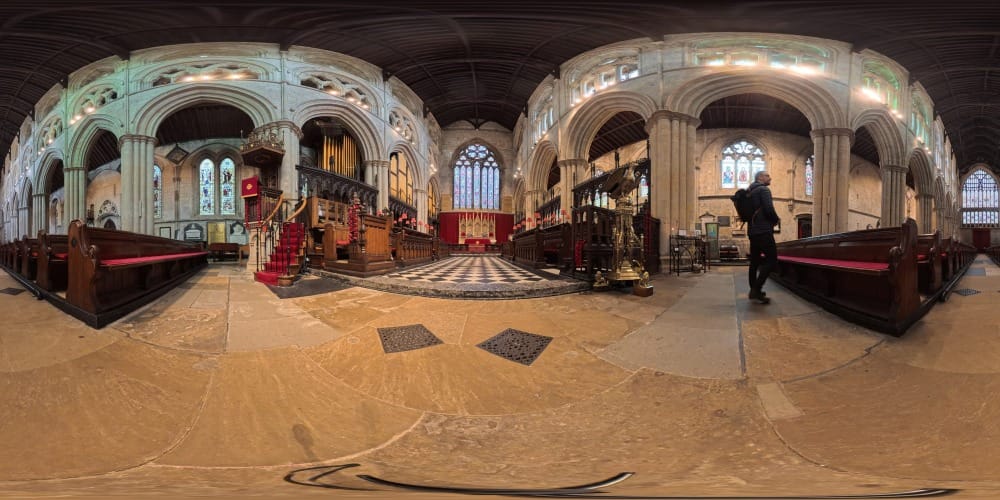
For Members - Bridlington Priory in glorious VR
Behind the scenes of my 1000 mile journey and moments that shaped this shoot — including new art from my sketchbook.
Click to View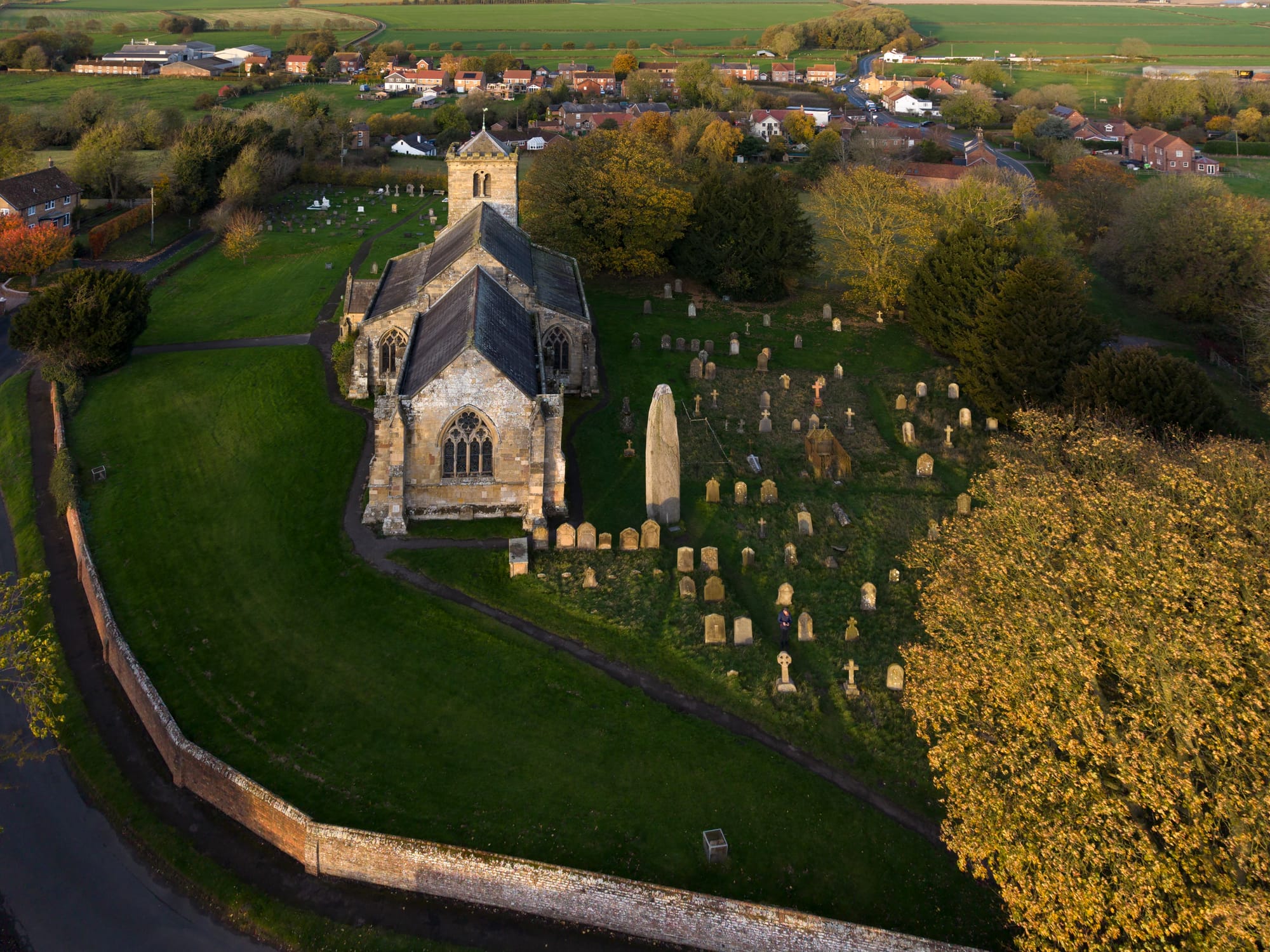
For Members - New Member Supplement - All Saints', Rudston and the Monolith
Click to View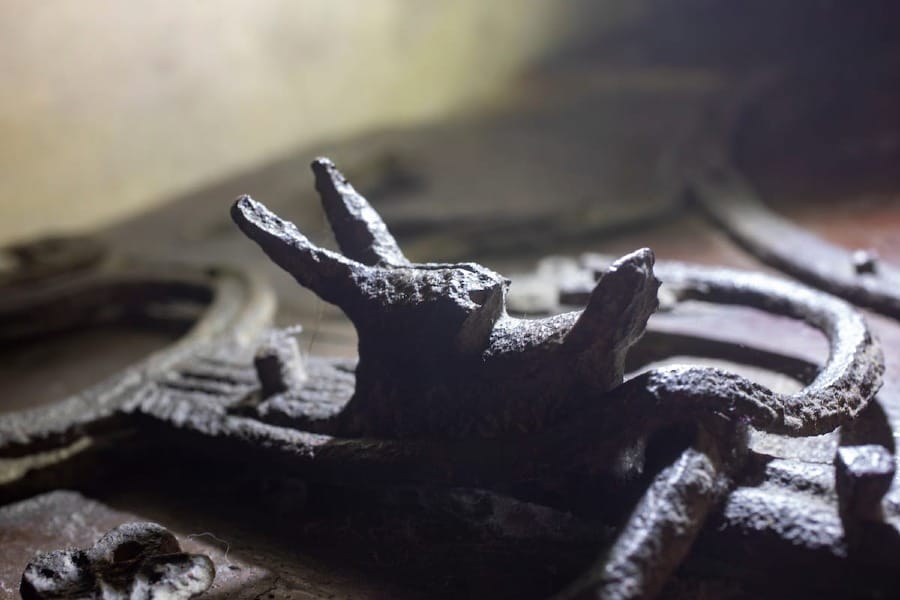
For Members - New Comperandum - Dragon's Head in Medieval Metalwork
Click to View

Kind words from a subscriber:
Andy your work is becoming wonderful, remarkable. A so-called breakdown has been milled into its constituent parts, becoming profound construction: through perception, architecture, the lens and the pen. In your Repton crypt essay a deep description of our social anxiety - and our reason to be....
Recent Digest Sponsors:
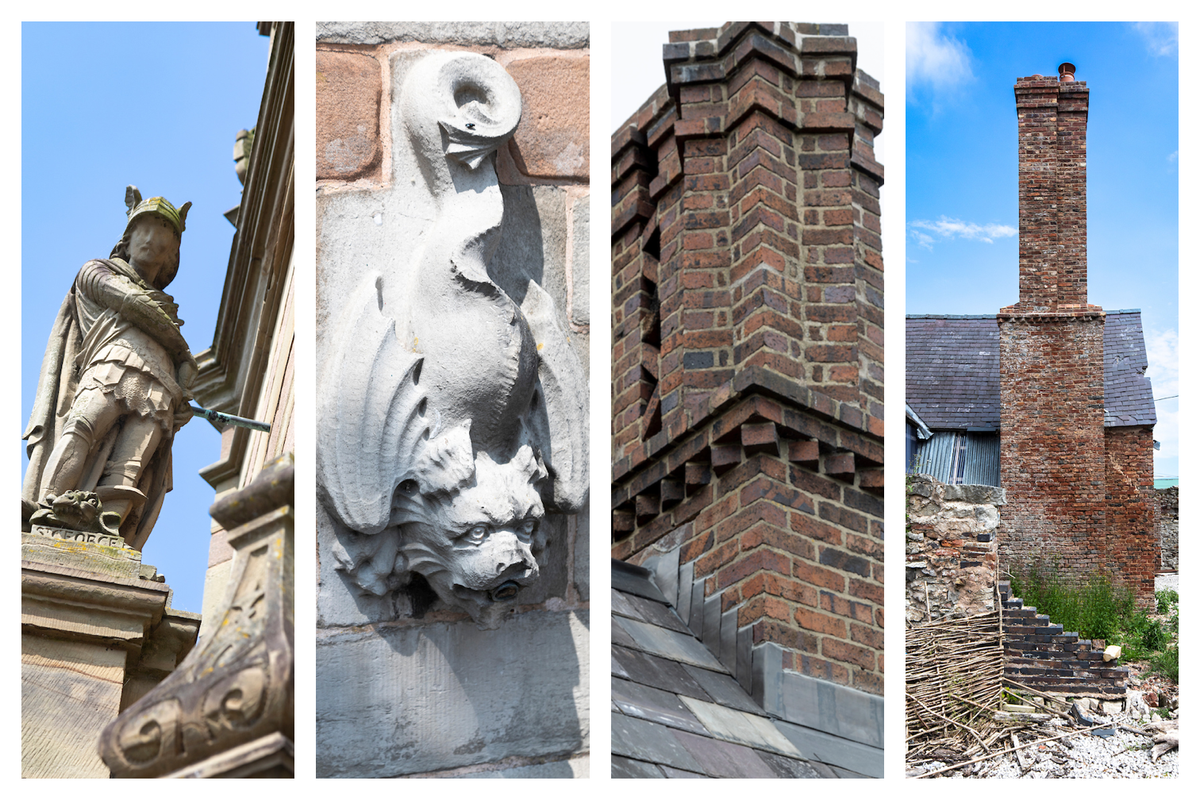
The Bridlington Tapestry
Tucked along the north aisle is something unexpected - a tapestry that feels less like decoration and more like a communal heartbeat. Created in the 1990s by a group of parishioners, each panel stitches together a chapter of the Priory’s story: its medieval origins, its upheavals, its survivals.
Seeing it today feels strangely refreshing. After spending time immersed in the long reach of medieval craft, this burst of colour and texture reminds me that the life of a place doesn’t end with its architecture. It continues in hands, in imagination, in the work of people who still care deeply about where they live.
The tapestry is a map of memory - applique figures, textured fabrics, and small material choices that echo the building’s own layered history. It’s another reminder that heritage is not just what we inherit, but what we keep remaking.

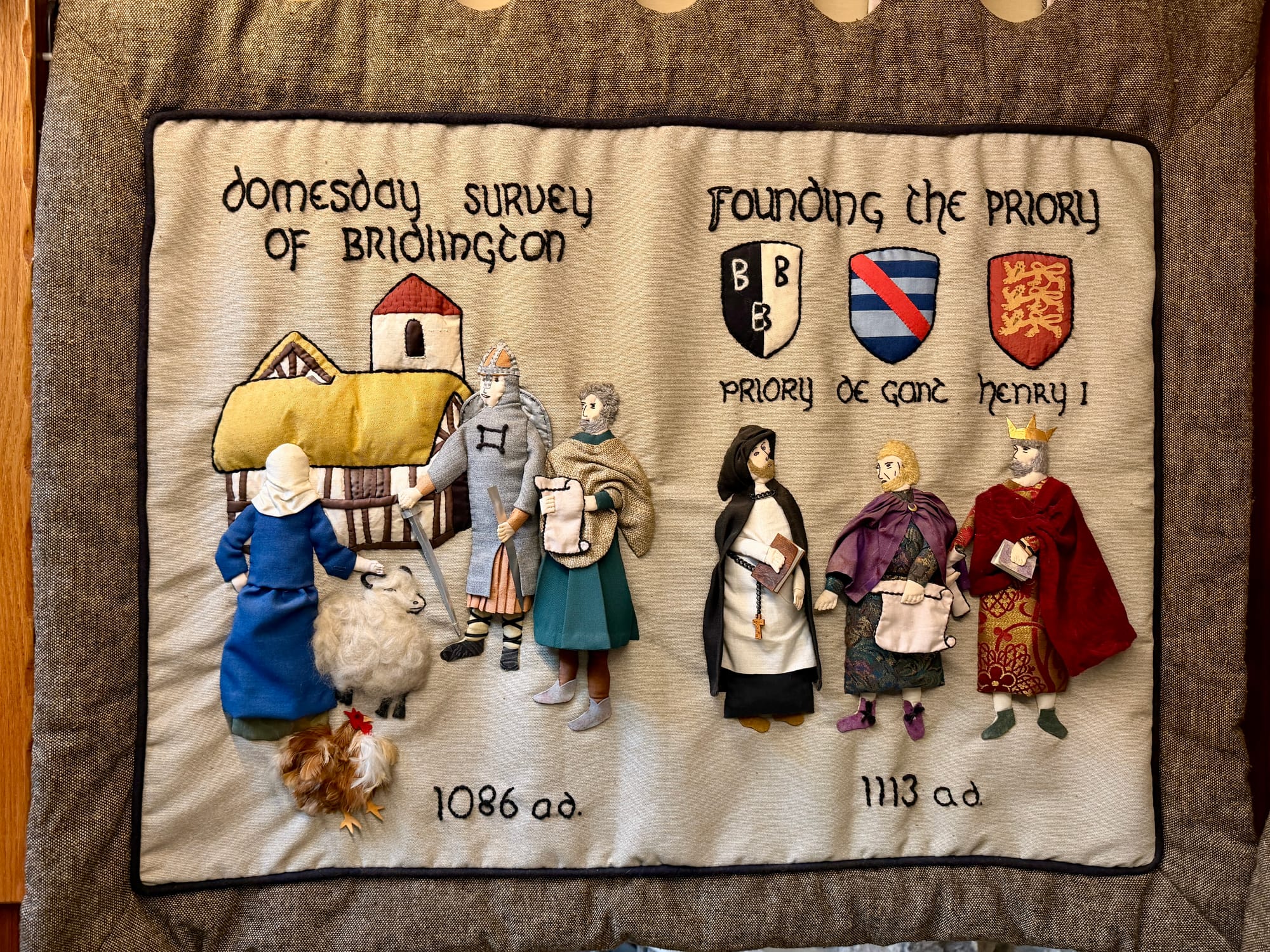
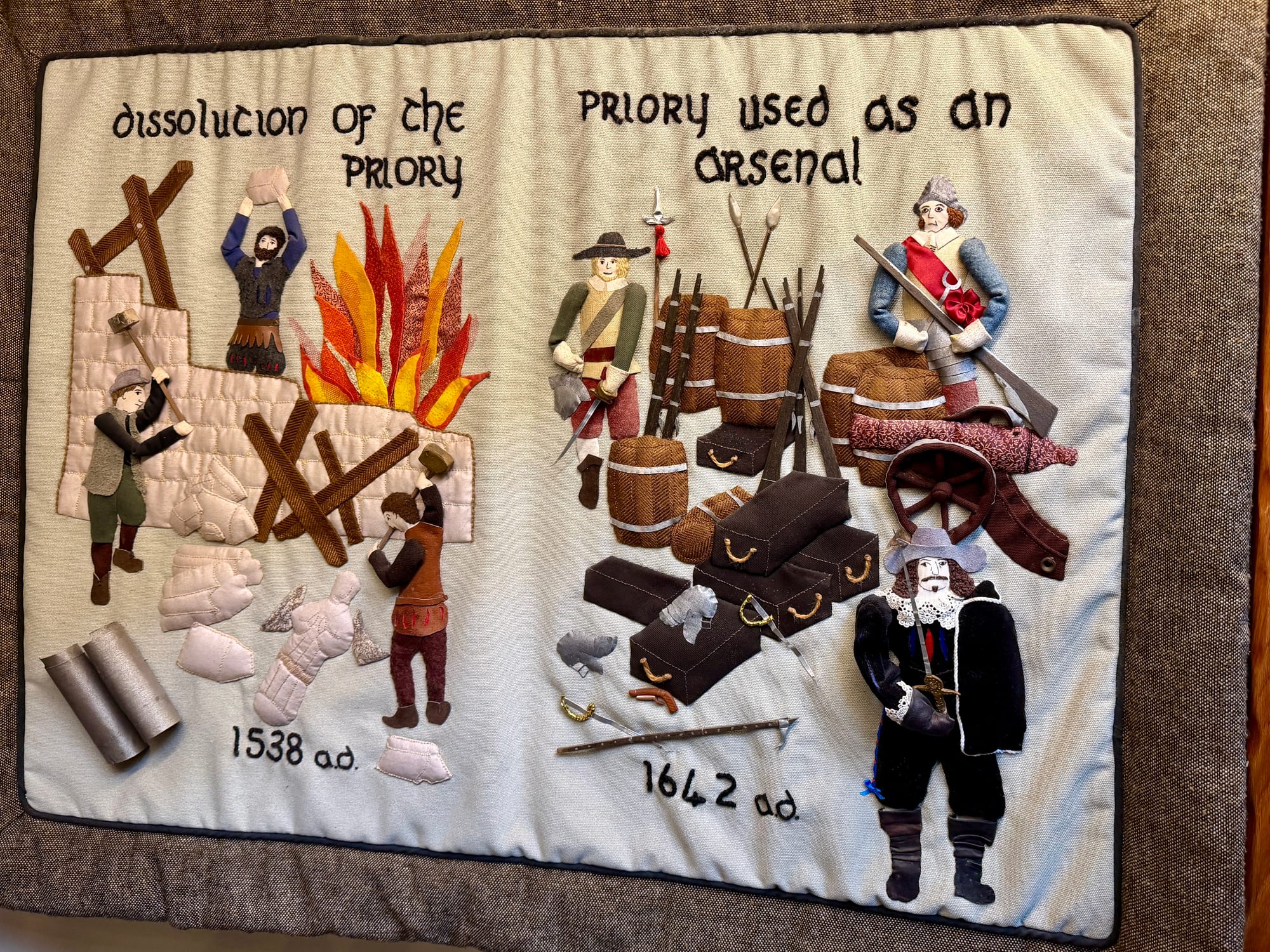
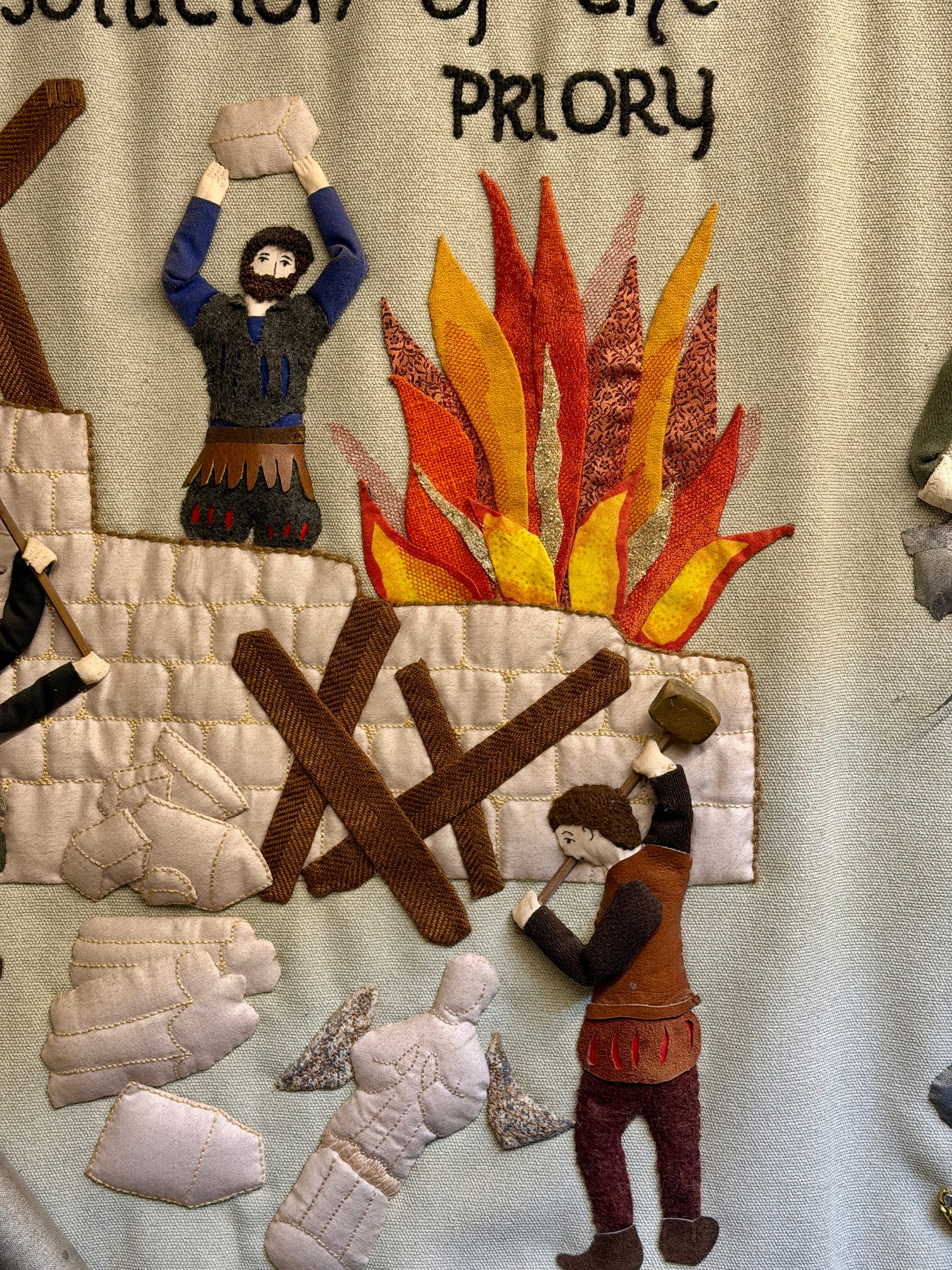
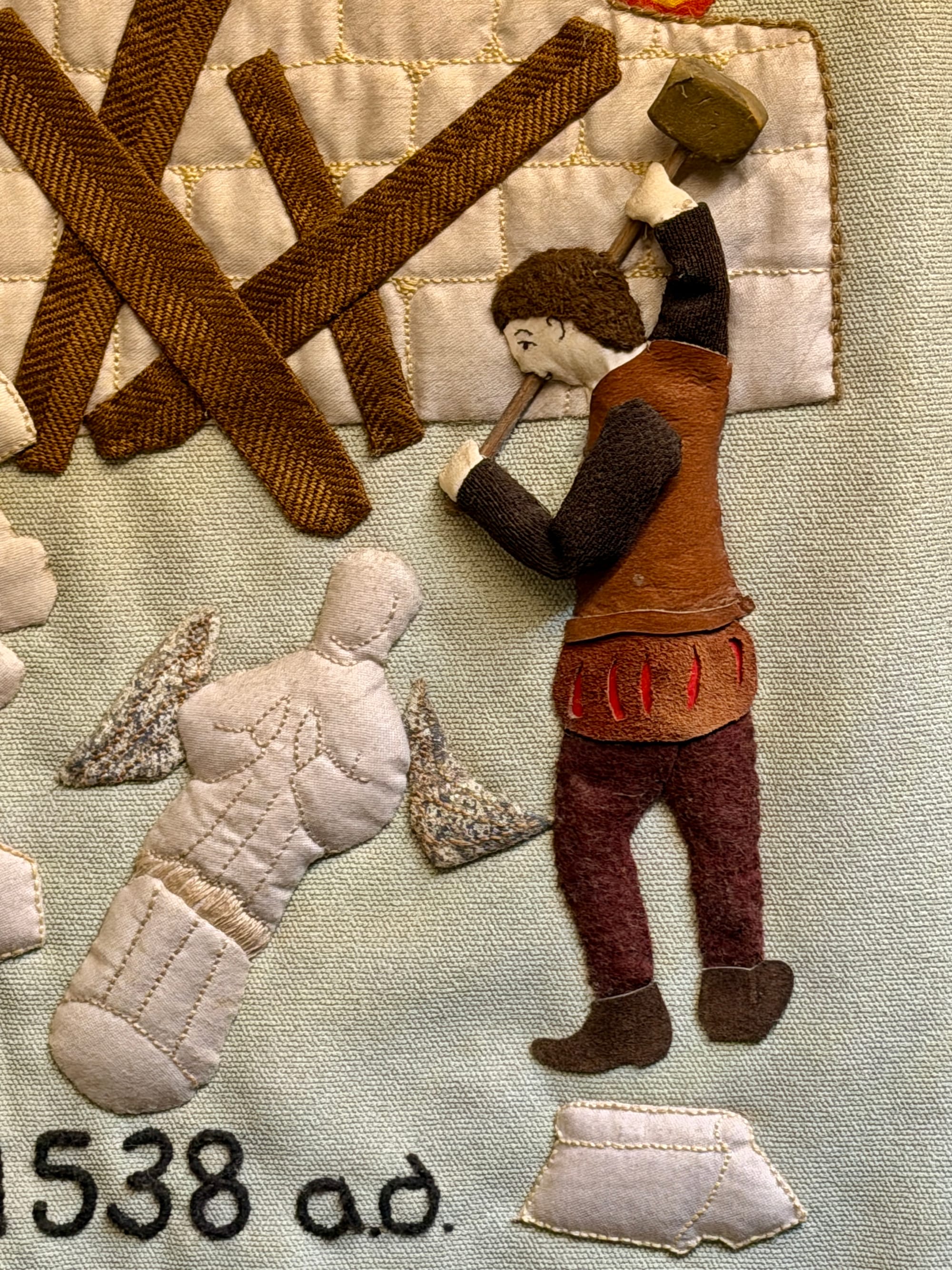
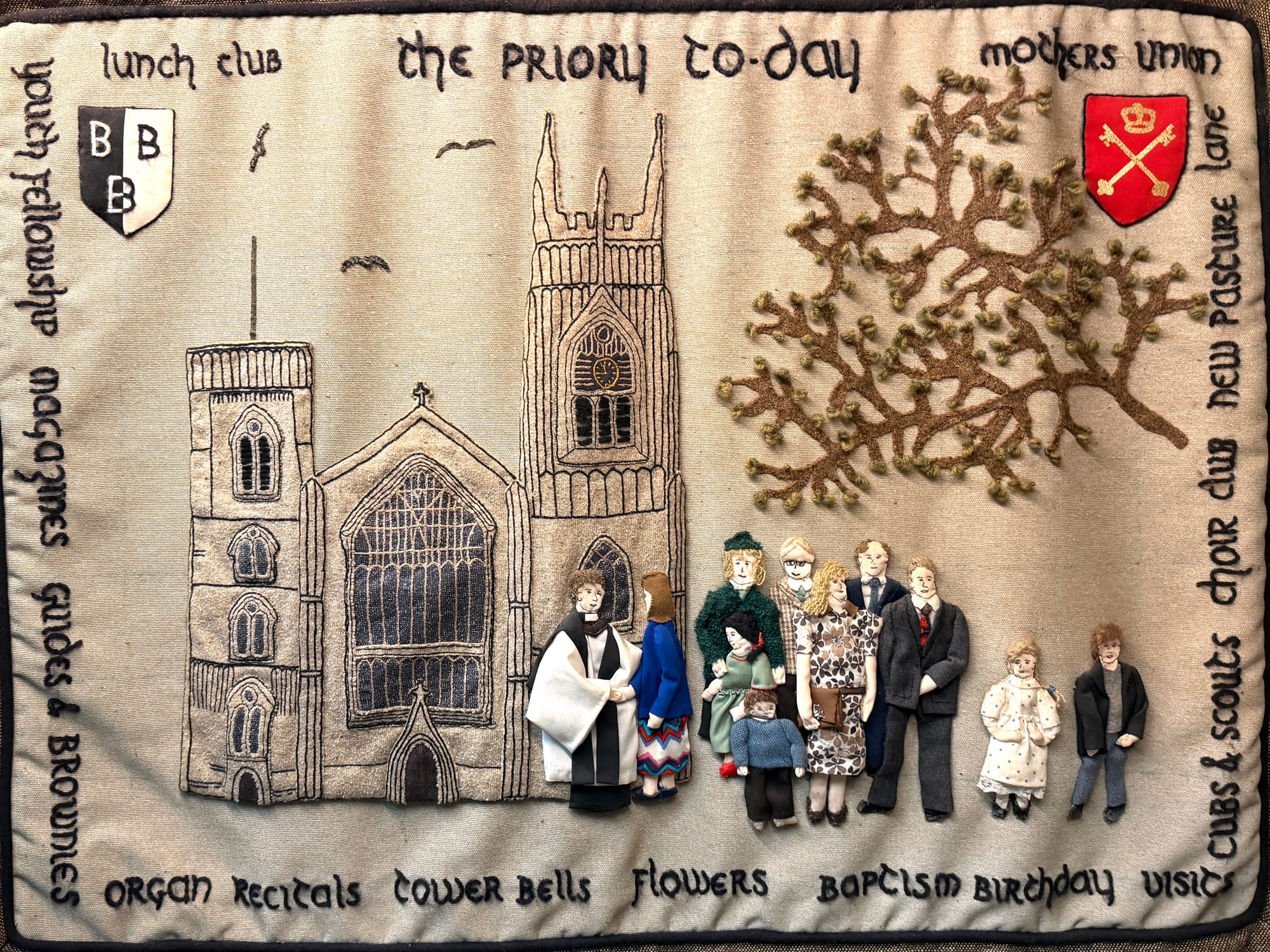


Thank You!
Photographs and words by Andy Marshall (unless otherwise stated). Most photographs are taken with Iphone 16 Pro and DJI Mini 3 Pro.

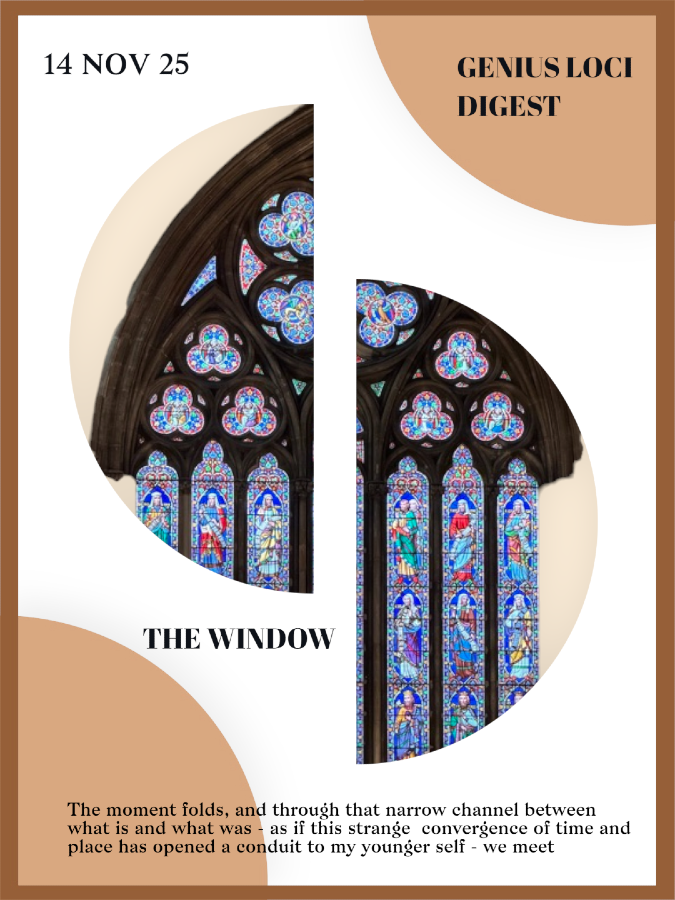
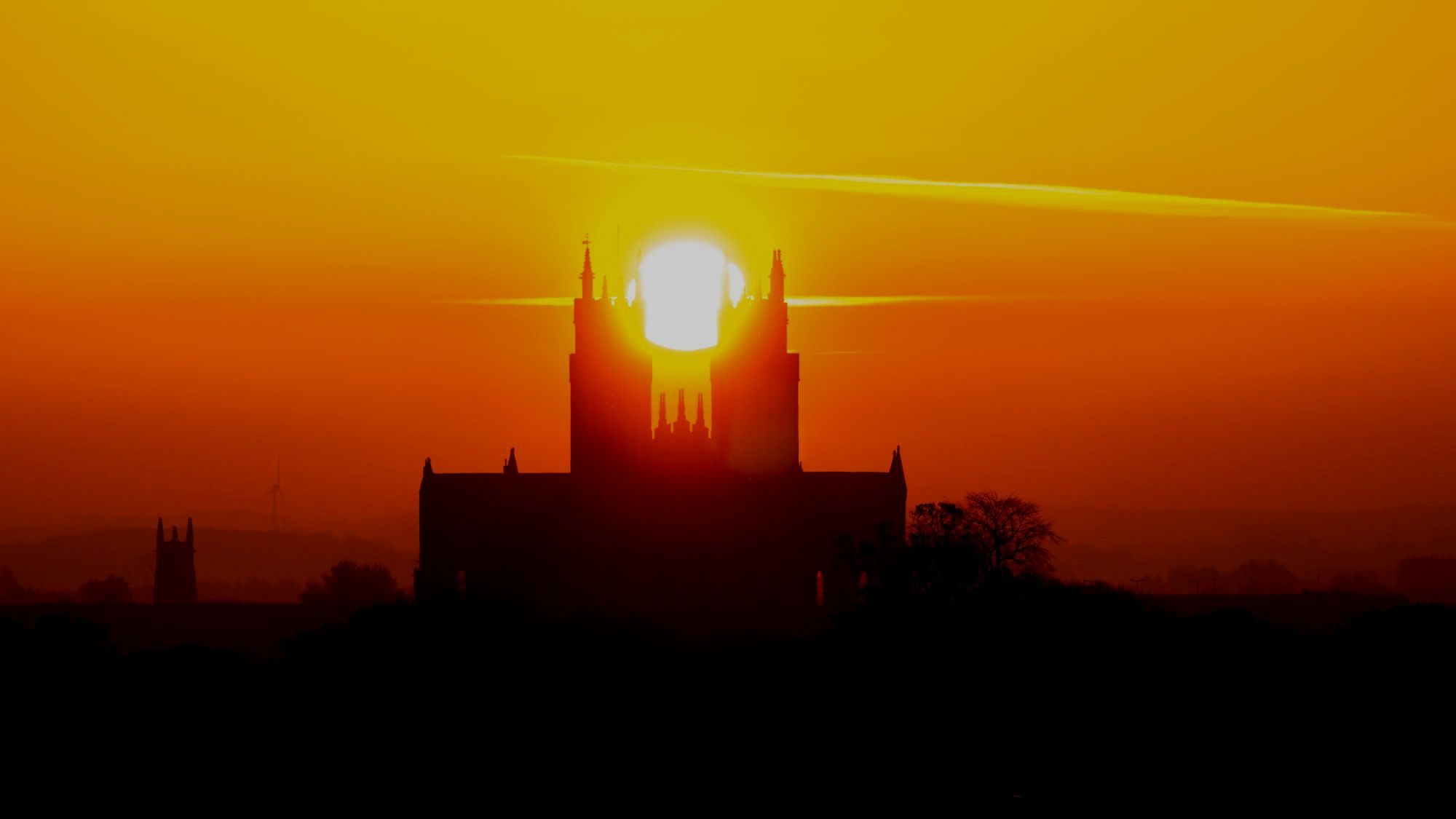
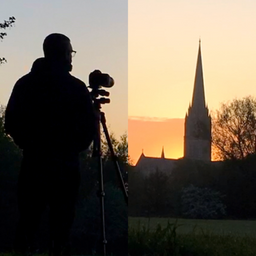




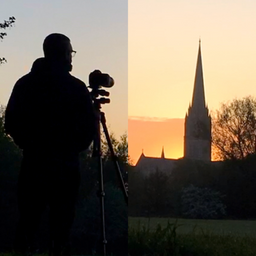
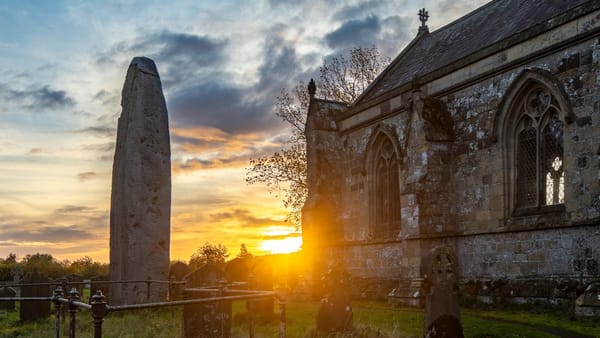
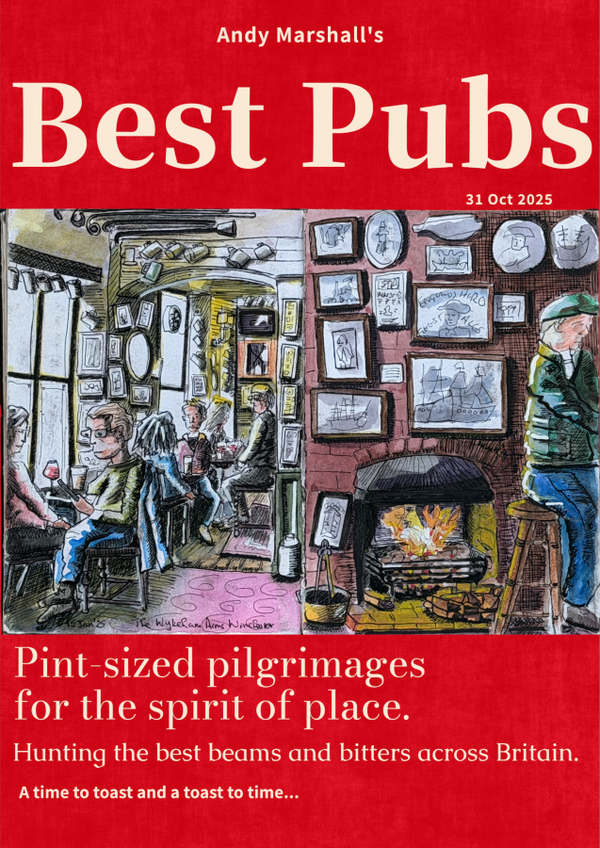

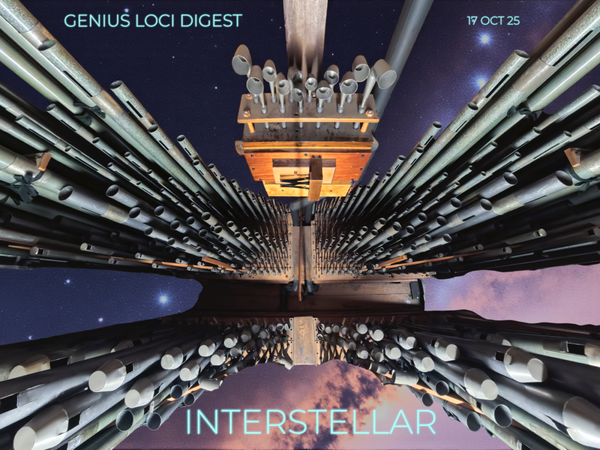

Member discussion